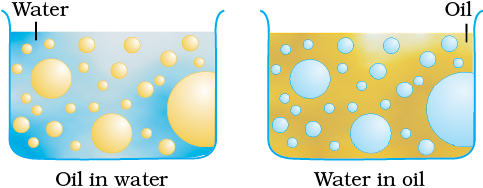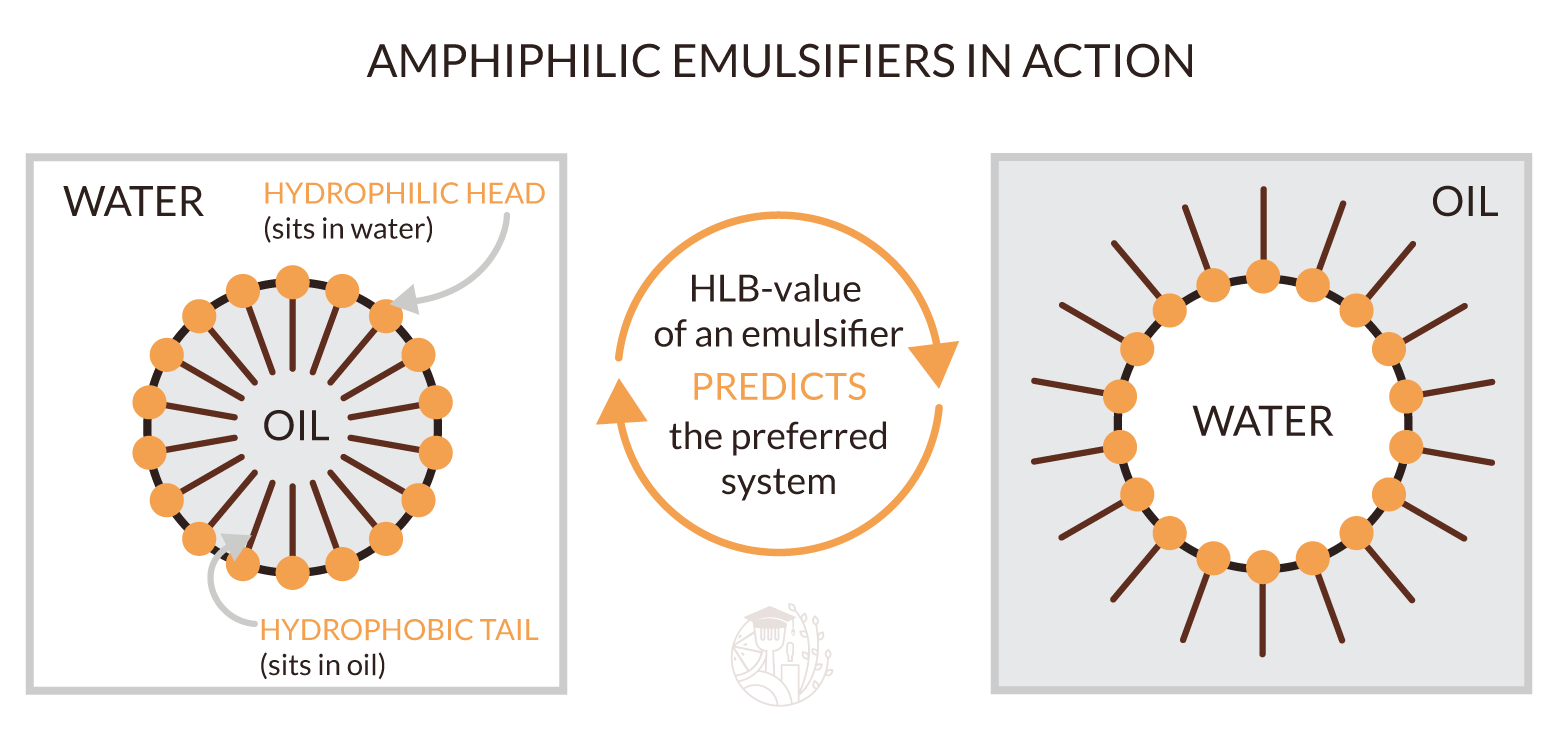

Butter and mayonnaise are examples of a class of colloids called emulsions. butter jelly Sols ink rubber liquid detergent This phenomenon, called Brownian motion, is caused by collisions between the small colloidal particles and the molecules of the dispersion medium.Mayonnaise is made in part of oil and vinegar. A stable emulsion requires an emulsifying agent to be present. An emulsion is a colloidal dispersion of a liquid in either a liquid or a solid. Colloids are widespread in nature and are. The particles of a colloid remain dispersed and do not settle due to gravity, and they are often electrically charged. Colloids are mixtures in which one or more substances are dispersed as relatively large solid particles or liquid droplets throughout a solid, liquid, or gaseous medium.
#Emulsion surface chemistry skin#
Babyganics Eczema Care Skin Protectant Cream soothes an infant’s or toddler’s sensitive skin with feel-good ingredients like colloidal …11.5: Colloids. Tested by pediatricians and dermatologists, this protectant cream is specially formulated for your baby’s dry skin. Babyganics Eczema Care Skin Protectant Cream.
#Emulsion surface chemistry pdf#
suspension of casein is in water Surface Chemistry Chemistry (2022) NEET Practice Questions, MCQs, Past Year Questions (PYQs), NCERT Questions, Question Bank, Class 11 and Class 12 Questions, and PDF s.12 Oz. suspension of casein is in waterButter is a colloid form in which: 1.

The minute particles here are 1 to 1000 nanometers in diameter, but they still remain suspended and do not settle at the bottom of the mixture.Butter is a colloid form in which: 1. Obviously if I microwave the butter a lot, the water will boil off.A colloid is a heterogeneous mixture in which the minute particles of one substance are dispersed in another substance, called the dispersion medium. The color was yellower, and the texture somewhat grainy. It seemed to me that after the butter had cooled and re-solidified, it wasn't really the same. 32 I was recently doing some experiments with butter which involved melting it gently in the microwave and pouring it into dishes.


 0 kommentar(er)
0 kommentar(er)
